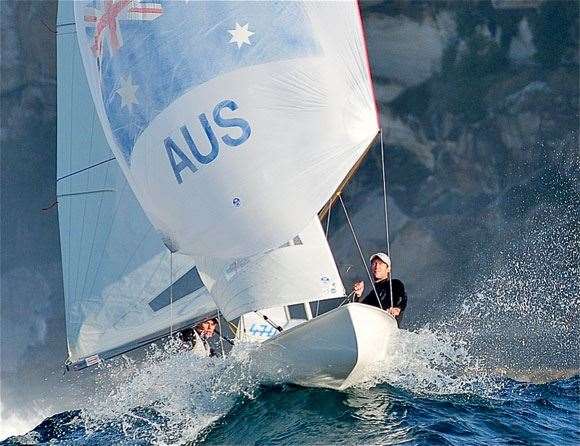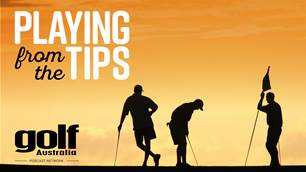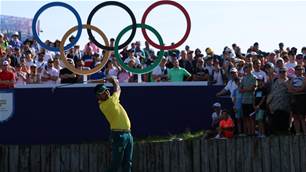Team chemistry’s one of those unpredictable sciences which can blow-up in the faces of even the biggest names in sport
 The 470 is an Olympic class of sailing. Images: Courtesy Victor Kovalenko
The 470 is an Olympic class of sailing. Images: Courtesy Victor KovalenkoYEAR IN, YEAR OUT
PAGE: “It depends on the year as to what events we’ll give priority. Obviously this year, for example, we put huge focus on the World Championships, which is our number-one regatta outside the Olympics, and the accompanying Olympic Test Event. The latter gives us a chance to remind the world they’re vying for second! The next most important series would be the World Cup, which is a series of seven regattas. We’re also always out to win a major regatta in Europe; that’s where all the top guys are and we’re keen to show them what we’re worth.”
BUSY WEEK
BELCHER: “Our preparation is very camp-based. There are a few limitations for us because of where we live. I’m based on the Gold Coast and Malcolm lives in Sydney, so we’re always trying to make the most of our training time when we’re together. We also situate ourselves depending on where the next World Cup eventis. No week is ‘normal’, as such. At the moment we’re doing four days on, one day off. So we train, on average, five or six days a week.”
PAGE: “We’re out on the water in the yacht twice a day, which we find gives us a bigger wind range to work in. Say, a light wind in the morning and a good sea breeze in the afternoon. We’re talking about a 9am launch, through to midday, and we’re normally back out on the water again at 2 or 2.30pm for another two and a half hours. Keeping the sessions shorter, we find our practice is more effective than having one long session, where our concentration may suffer.”
FIGHTING FIT
BELCHER: “We’re quite restricted as to what weight we can carry – for obvious reasons. Mine is somewhere between 63-65kg. Mal’s is probably about 10kgs more. There’s no weigh-in for a race, it’s not essential to be 2kg lighter – you won’t be disqualified or anything. We get fitness tested twice a year by the AIS, so we have standards we have to meet in terms of strength and endurance. I’m into running; I’ll try to cover between 30 and 40km a week. We also have set exercises we do, mainly for the core: things like Superman vees. I’m using the Swiss Ball quite a lot at the moment. That’s more to simulate the muscle work required during a race.”
PAGE: “We have independent fitness regimes because our needs and ages are a little different. I’m a terrible runner. I’m built for running, but I find it hurts my body because of my back problems. Sailing’s number-one injury complaint is back issues. Like Mat, my normal day would be working on my core stability, my shoulder stability. I normally do plenty of cardio work. Because we travel so much, I like to always have an option other than gyms, which are sometimes hard to find. My cardio is based around the bike because it’s low-impact on the body. It depends on our position in our program, how tired I am, but I’ll try and fit at least something in every day.“Straight after the Beijing Games I went a bit slack and wasn’t as diligent with my core work as I should’ve been. At the World Champs in 2009 I was in immense pain. It was warning of what happens when you take your mind off the game. But now, a year later, I almost have no such problems. Sailing has become more and more physical as it’s evolved over the years.”
Related Articles

Min Woo backs Minjee to win the medal that eluded him

Playing From The Tips Ep.75: Women's Olympics, Wyndham & more













